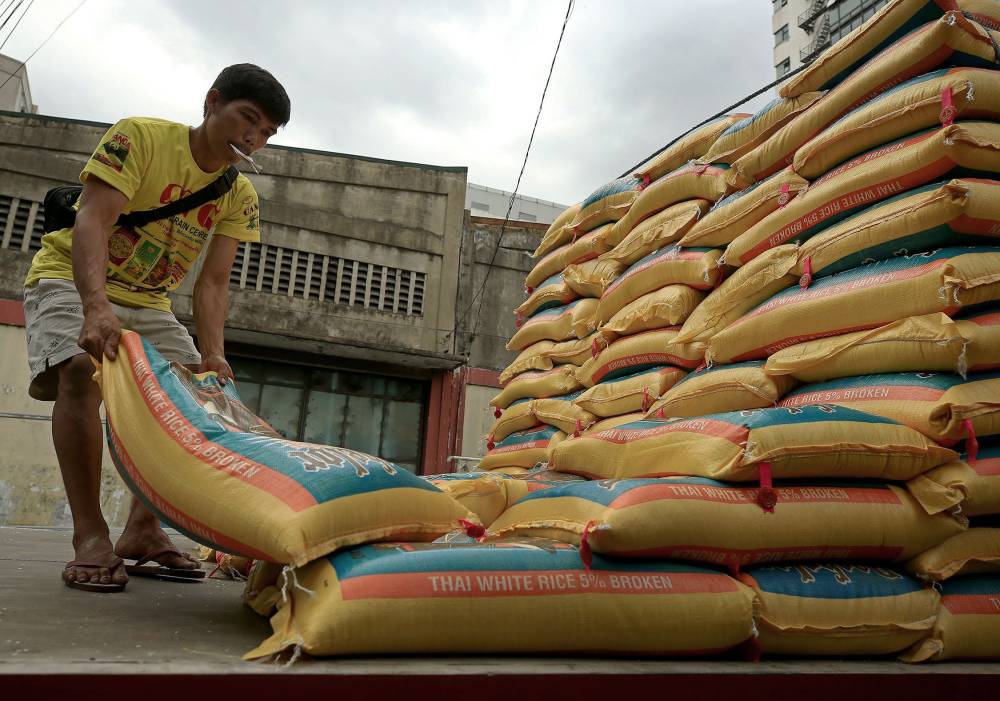Rice imports fall as harvest barely rises

The importation of milled rice to the Philippines slowed down as of late May. This was observed as local production of palay or unmilled rice slightly increased in the first quarter of this year.
Data from the Bureau of Plant Industry showed that inbound grains totaled 1.7 million metric tons (MT) as of May 22.
This is a 20.9-percent fall from 2.15 million MT during the first five months of last year.
Meanwhile, data from the Philippine Statistics Authority (PSA) showed that palay production stood at 4.69 million MT in the January to March period. This meant a slight increase from 4.68 million MT in the same period a year ago.
The Philippines produced a total of 19.09 million MT of palay in 2024. This meant a decrease of 4.8 percent from a record 20.06 million MT a year earlier.
Among the country’s major suppliers of foreign rice, Vietnam shipped 3.18 million MT, representing 73.5 percent of total imports.
Myanmar came second with 260,290.33 MT, accounting for 15.3 percent. Thailand and Pakistan contributed 5.7 percent and 4.1 percent, respectively.
Other Philippine-bound cargoes came from India, South Korea, Singapore, Japan and Italy.
The latest import volume is in line with the Department of Agriculture’s (DA) estimate of fewer inbound shipments this year due to better weather conditions.
Agriculture Assistant Secretary Arnel de Mesa earlier said the projection of the US Department of Agriculture (USDA) of rice imports hitting another record was “somewhat exaggerated.” This, as the DA expects a record palay output of 20.4 million MT in 2025.
Neutral climate ahead
“Coming from the recovery in the first quarter, hopefully it will be followed by the second quarter. There are no major calamities now,” said de Mesa, who is also the DA’s spokesperson.
De Mesa said that based on weather forecasts, normal rainfall patterns were expected without an imminent occurrence of El Niño or La Niña in the upcoming wet season.
He pointed out that the combined effects of El Niño, La Niña and the series of typhoons slashed last year’s domestic production by around 1 million MT. This resulted in record-high rice imports of 4.8 million MT in 2024.
The USDA had projected that the Philippines will import 5.4 million MT of rice in 2025. The American agency also said the volume would rise further to 5.5 million MT in 2026. This is attributed to the continued growth in consumption.
Under Executive Order No. 62 that President Marcos signed in June last year, imported rice is slapped with a 15-percent tariff. This holds until 2028, but is subject to a periodic review every four months.
Agriculture Secretary Francisco Tiu Laurel Jr. said on Monday that the DA would recommend retaining lower import duties on rice to keep the staple food affordable for consumers.
Instead, the DA might propose a gradual increase in tariffs on imported rice in the next harvest season, later this year. This is intended to make homegrown grains competitive and to manage the arrival of imported rice.





















